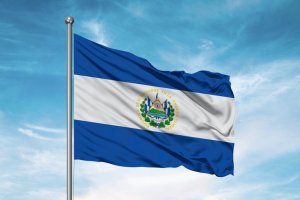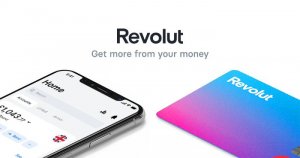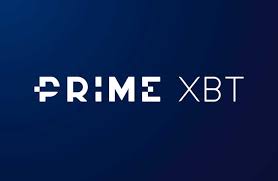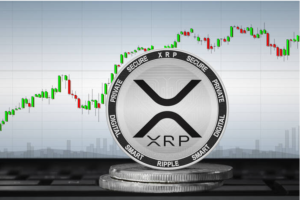Nestle sells frozen foods business
Nestle has revealed that it is investigating the possibilities of selling its frozen foods business in an attempt to clear your portfolio from small companies. The Swiss-based company claims that it was considering “strategic options” – a euphemism often used for sale – on Davigel, producing dishes and desserts for restaurants, schools and other institutional […]
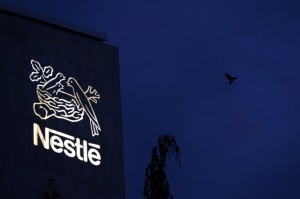
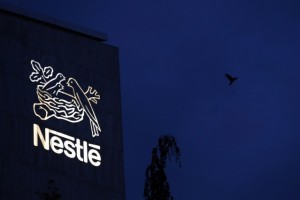 Nestle has revealed that it is investigating the possibilities of selling its frozen foods business in an attempt to clear your portfolio from small companies. The Swiss-based company claims that it was considering “strategic options” – a euphemism often used for sale – on Davigel, producing dishes and desserts for restaurants, schools and other institutional clients. Nestle sells frozen foods business, which is based in northern France and has revenue of about 700 million EUR in 2013.
Nestle has revealed that it is investigating the possibilities of selling its frozen foods business in an attempt to clear your portfolio from small companies. The Swiss-based company claims that it was considering “strategic options” – a euphemism often used for sale – on Davigel, producing dishes and desserts for restaurants, schools and other institutional clients. Nestle sells frozen foods business, which is based in northern France and has revenue of about 700 million EUR in 2013.
“Nestle exploring various options for the development of Davigel”, says company spokesperson Chris Hogg. He added that the business model of Davigel is different from that used in the rest of Nestle and “can not take advantage of the investment priorities of the group”. The options include finding a partner “to help Davigel the next stage of growth”, said Hogg.
The analysts said the division, which bear the consequences of the delay in the European economies could reach a price of 300 million EUR. Nestle declined to comment on the possible sale price. Nestle, which is the largest food company in the world by sales, is in the midst of clearing its portfolio of small companies. In recent years the company has signed deals to sell PowerBar and many businesses with dietary foods Jenny Craig. Also sell some brands of bottled water and ice cream.
Prepared foods, including frozen products, such as those created by Davigel, are a sore spot for the company, as in the nine months to 30 September sales sank almost 6.2%. The aAnalysts believe that the decision to sell Nestle Davigel meets its overall strategy. Davigel becomes the property of Nestle in 1989. The brand is particularly strong in France, which generates about 90% of its revenue. Spain and Belgium are its other two major market.



